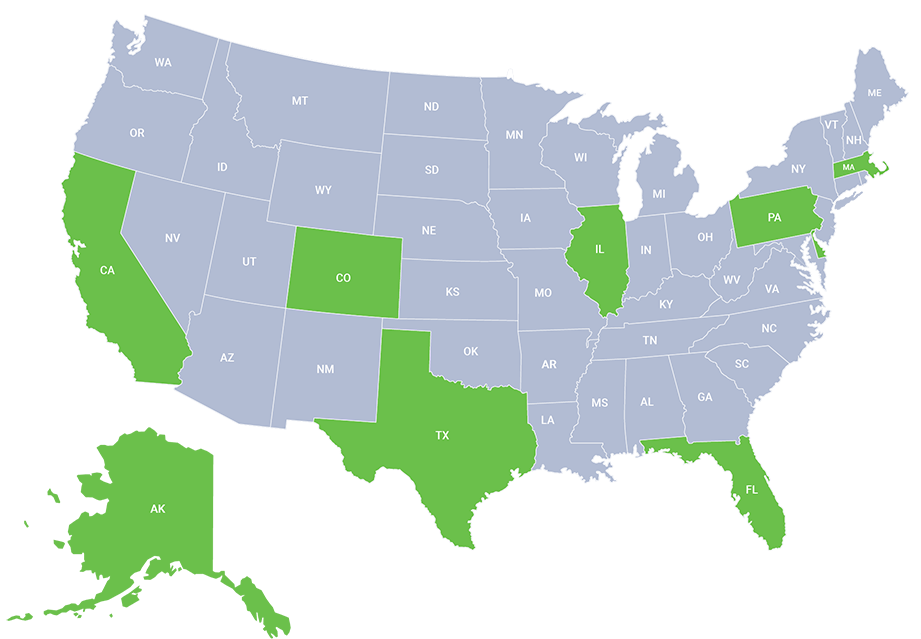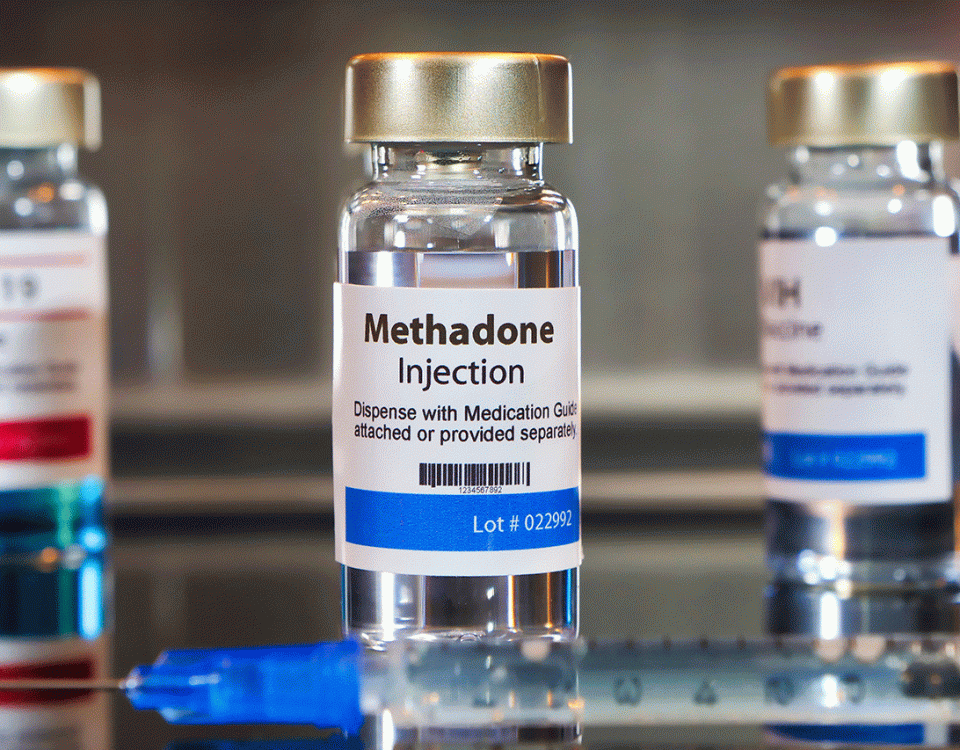Animal Opiates & the Drug Epidemic
While many communities throughout the United States have been working to reduce the number of opioids prescribed to patients, there are some patients who have fallen through the cracks – our pets.
From 2007 to 2017, the number of opioids prescribed by the University of Pennsylvania's School of Veterinary Medicine rose by 41%. But the number of annual visits rose by only 13%.1 This is a troubling trend nationwide. While this increase in prescription painkillers is supposedly for pets, opioid addicts may be taking advantage of the situation. Below is more on animal opiates and the drug epidemic.
Questions about our Facilities or Programs?
Our admissions coordinators are available 24/7 to answer any questions you may have as you consider whether treatment at Banyan is right for you or your loved one.
Common Veterinary Drugs
Veterinarians may prescribe different medications to pets. When a pet is in pain or needs to be sedated, sedatives and painkillers may be prescribed or administered. Unfortunately, many of these substances are drugs that can be used by humans, as well. As a result, many pet owners “vet shop” (similar to doctor shopping) to try and get different veterinary controlled substances to use for themselves.
Common prescription drugs for pets can differ from those used in humans, particularly opioids. Whereas Vicodin, OxyContin, and Percocet are commonly prescribed narcotics for humans, animals are more likely to be prescribed opioids like:
- Tramadol: Tramadol for dogs is usually prescribed for injury-related pain, as is typical of tramadol use for people. Pet owners may take their pets’ tramadol medication to abuse for themselves.
- Ketamine: Ketamine for animals is usually prescribed under brand names like Ketaset, Ketaflo, Vetalar, and Vetaket. It’s a dissociative hypnotic that’s classified as a schedule III controlled substance. In a vet’s office, ketamine is given to agitated animals to settle them and treat pain within minutes. It’s sprayed into the animal’s eyes to settle them without the person having to risk injury by getting close to the animal to inject it. In people, however, ketamine is often abused for sedation, dissociative experiences, hallucinations, and to facilitate rape when used as a date rape drug.
- Trazodone: Trazodone is a generic drug that’s available under the brand names Oleptro and Desyrel. It can be used to treat anxiety and behavioral issues in dogs, despite only being FDA-approved for use in humans. Classified as a serotonin antagonist reuptake inhibitor (SARI), some people may abuse it for its sedative effects.
- Hydrocodone: Hydrocodone is one of the most commonly prescribed opioids for dogs. It’s mainly used to treat pain and cough in dogs. This schedule II drug is commonly used to treat severe pain in humans and is also known to be a potent and common drug of abuse in people. In fact, since 2009, hydrocodone has been the second-most frequently seized opioid in Drug Enforcement Administration (DEA) cases.3
- Fentanyl: Fentanyl for dogs is mainly used to treat moderate to severe pain or to sedate the animal. This is a schedule II opioid known for being 100 times more potent than morphine and 50 times more potent than heroin. In addition to being the most potent of animal opiates, fentanyl is also a common cause of opioid overdose in humans and is a dangerous drug of abuse.
Unfortunately, all of these common veterinary medications are often abused by people, specifically pet owners.
Animal Opiates and the Opioid Epidemic
More than 932,000 people have died from a drug overdose since the opioid epidemic started in 1999. In 2020, there were 91,799 drug overdose deaths in the United States. The main driver of these cases is synthetic opioids, with 82.3% of opioid overdose deaths involving synthetic opioids.4 Surprisingly, a contributor to the opioid epidemic has been the abuse of animal opiates and other medications, such as tramadol, fentanyl, ketamine, hydrocodone, and trazodone.
Because prescription opioids are difficult to obtain without a prescription, many users will take their pets to different veterinarian offices to get more medications. Rather than give their pets these medications, however, owners will abuse them. An unfortunate way that many pet owners get vets to prescribe opioids to their pets is by injuring their own pets, thus placing innocent animals in the crosshairs of the opioid epidemic. Despite animal opiates being prescribed under different names and doses, they’re similar to those given to humans and can therefore be misused in a similar manner and be just as addicting.
Opioid Addiction Recovery Care
Pets are the latest group affected by the dangers of opioid addiction. But addicts are often the ones who are hurt the most by active addiction. At our addiction treatment facilities, we can help you or a loved one find sobriety with the support of our opioid detox and addiction treatment program.
Through a clinical assessment, our specialists create a treatment plan designed to meet the individual’s needs. Whether this means starting with medically assisted detox and jumping into inpatient care or starting at an IOP (intensive outpatient) level of treatment, we’re here to help patients recover no matter where they are in their addictions.
For more information about our opioid addiction treatment and Banyan rehab locations, call Banyan Treatment Centers today at 888-280-4763 or send us your contact information so we can reach out to you.
Sources:
- Penn Medicine News – Does Opioid Use in Pets Create Higher Risk for Abuse in Humans
- WJLA – Family pets are being hurt so addicts can get opioids from veterinarians
- Drug Enforcement Administration – Hydrocodone
Related Reading:
Getting into treatment is easy with our free insurance verification
"*" indicates required fields









